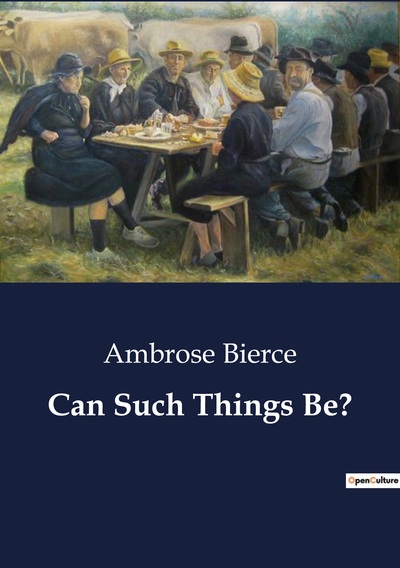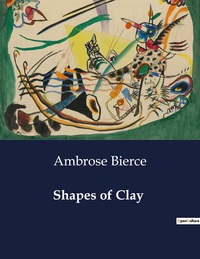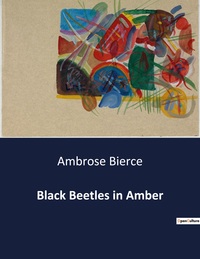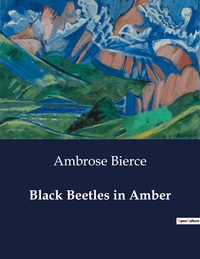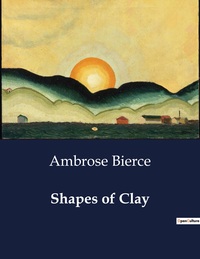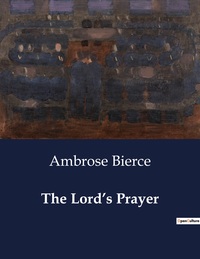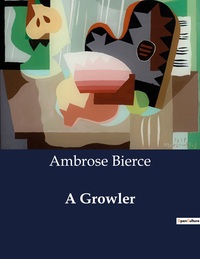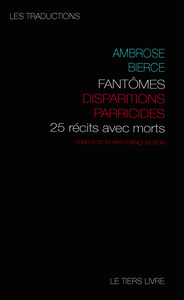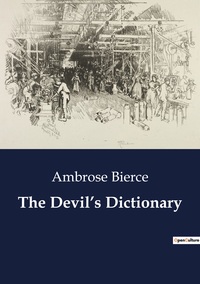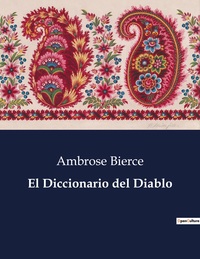Nous utilisons des cookies pour améliorer votre expérience. Pour nous conformer à la nouvelle directive sur la vie privée, nous devons demander votre consentement à l’utilisation de ces cookies. En savoir plus.
Can Such Things Be?
EAN : 9791041800742
Édition papier
EAN : 9791041800742
Paru le : 8 avr. 2023
26,90 €
25,50 €
Disponible
Pour connaître votre prix et commander, identifiez-vous
Notre engagement qualité
-
 Livraison gratuite
Livraison gratuite
en France sans minimum
de commande -
 Manquants maintenus
Manquants maintenus
en commande
automatiquement -
 Un interlocuteur
Un interlocuteur
unique pour toutes
vos commandes -
 Toutes les licences
Toutes les licences
numériques du marché
au tarif éditeur -
 Assistance téléphonique
Assistance téléphonique
personalisée sur le
numérique -
 Service client
Service client
Du Lundi au vendredi
de 9h à 18h
- EAN13 : 9791041800742
- Réf. éditeur : 293862
- Date Parution : 8 avr. 2023
- Disponibilite : Disponible
- Barème de remise : NS
- Nombre de pages : 310
- Format : H:210 mm L:148 mm E:17 mm
- Poids : 403gr
- Résumé : "Can Such Things Be?" is a collection of short stories by Ambrose Bierce that delves into the realms of the supernatural, the mysterious, and the macabre. The anthology opens with "The Death of Halpin Frayser," a tale of a man who experiences a terrifying encounter with a ghostly apparition in a forest, leading to a chilling revelation about his own fate. The collection continues with stories like "The Secret of Macarger's Gulch," where a dream reveals a past murder, and "One Summer Night," which tells of a man who awakens in his grave, only to face a gruesome fate at the hands of grave robbers. In "The Moonlit Road," a man recounts the mysterious murder of his mother, exploring themes of grief and the supernatural as he and his father grapple with the haunting aftermath. Bierce's stories often blur the line between reality and the supernatural, leaving readers questioning the nature of existence and the unseen forces that may influence it. His use of vivid imagery and psychological depth creates an atmosphere of suspense and unease, making "Can Such Things Be?" a compelling exploration of the unknown and the eerie.

